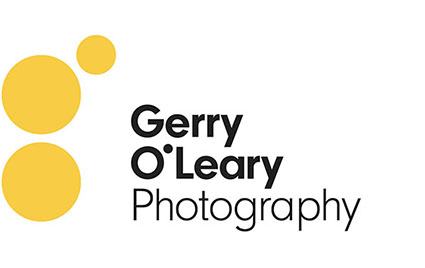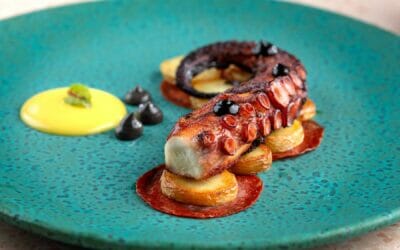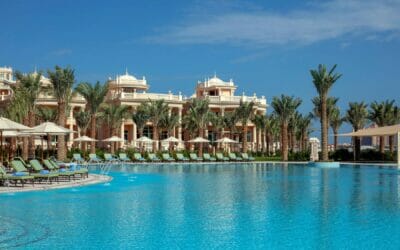A dramatic night shot of Burj Al Arab, copyright Gerry O’Leary
Billed as the ‘world’s only seven-star hotel’, the Burj Al Arab has been an emblem of Dubai ever since its opening in 1999. I was lucky enough to be the photographer ‘in residence’ at the hotel for three weeks, capturing its beautiful form and angles through my camera.
On my first visit to Dubai in April 2007, I was dumbstruck by the many extravagant architectural structures in the city. I knew that, as an architectural photographer, I had found my spiritual home – it was my destiny, it was fate that I had landed here.
For me, the Burj Al Arab is the ‘piece de resistance’ of Dubai’s architectural masterpieces. Conceived in 1990 by Dubai’s ruler, Sheikh Mohammed bin Rashid al Maktoum, the building was a statement to the world about the emirate’s global vision and Dubai’s position as a city of the future.
Designing the ‘world’s most luxurious hotel’
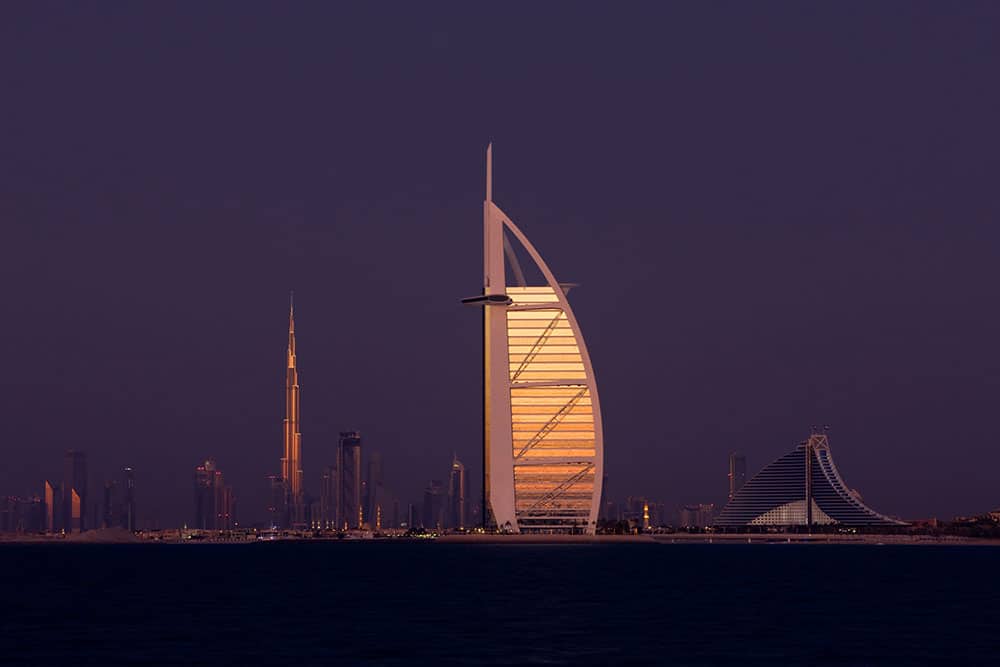
Architect Tom Wright was commissioned to bring this dream to life. He took inspiration from the local dhow, a traditional sailboat used throughout the Middle East for fishing and pearl expeditions. The stunning white façade looks like the sail of a dhow.
After three years in the design process and six years completing construction on a manmade island, the Burj Al Arab opened its doors as a hotel in December 1999. 202 luxurious suites are all uniquely designed and combine Eastern and Western style influences.
I was mesmerized by its unique form and elaborate details. Seeing it up close helped me understand on a deeper level why it has garnered so much attention worldwide – it really is the embodiment of ‘grand designs’.
Invite only: gaining access to Burj Al Arab
I made it a priority to enter this magnificent establishment and get up close to its finer architectural details.
I walked up to the entrance gate, where a burly security guard greeted me.
“Are you a resident, sir?” He asked, clipboard in hand. I answered no.
“Do you have a dinner reservation?” was his next question, once again I replied in the negative. Unfortunately, I wasn’t permitted entry.
I scurried away, red-faced, but wasn’t deterred. The next day, dressed in my finest, I returned with a reservation in my hand. I ascended to the Skyview Bar on level 27, where I sipped a cocktail with an eye-watering price tag. The hit of dopamine I got from the view was worth every single dirham. It’s simply astonishing.
An architectural book of Burj Al Arab
When I next returned to Dubai, I had a special project. I had been commissioned to shoot images of the iconic hotel for a book in honour of its 10th anniversary. Many building photographers believe they haven’t truly ‘seen’ a structure until they have photographed it, this project made me agree wholeheartedly.
I hadn’t yet gained residency in the United Arab Emirates, so I was invited to stay in the lavish hotel while I photographed it. I was bestowed the title of ‘artist in residence’ and photographed the remarkable structure over 20 days and nights.
Renowned for its opulent interiors, 24-carat gold cladding and extravagant furnishings, Burj Al Arab is a dream for an architectural photographer. I studied each angle to reveal its beauty to the world through my images. From the colourful duplex suites to the stunning ‘underwater’ restaurant Al Mahara and Talise Spa, 150 metres above the Arabian Gulf, capturing the hotels’ many spectacular features was a pleasure.
Phantoms at dawn
One of my ideas was to capture an early morning elevational image showcasing the five Rolls-Royce Phantoms that the hotel uses as its courtesy cars. The shoot was scheduled for 7.00 am and I hired a cherry-picker to give me altitude at the entrance gate. The only access road (driveway) to the hotel would be closed while I completed my shoot, which was quite an organizational ordeal!
Just as I was ready to shoot, a Saudi Arabian Prince arrived! I had to oblige and have the road unblocked for his access. This disrupted the schedule, but I did it graciously. We ended up with three Rolls-Royce Phantoms, as two were booked for guests. I had a solution – to shoot the cars in dual positions and make a composite image merging both together in post-production.
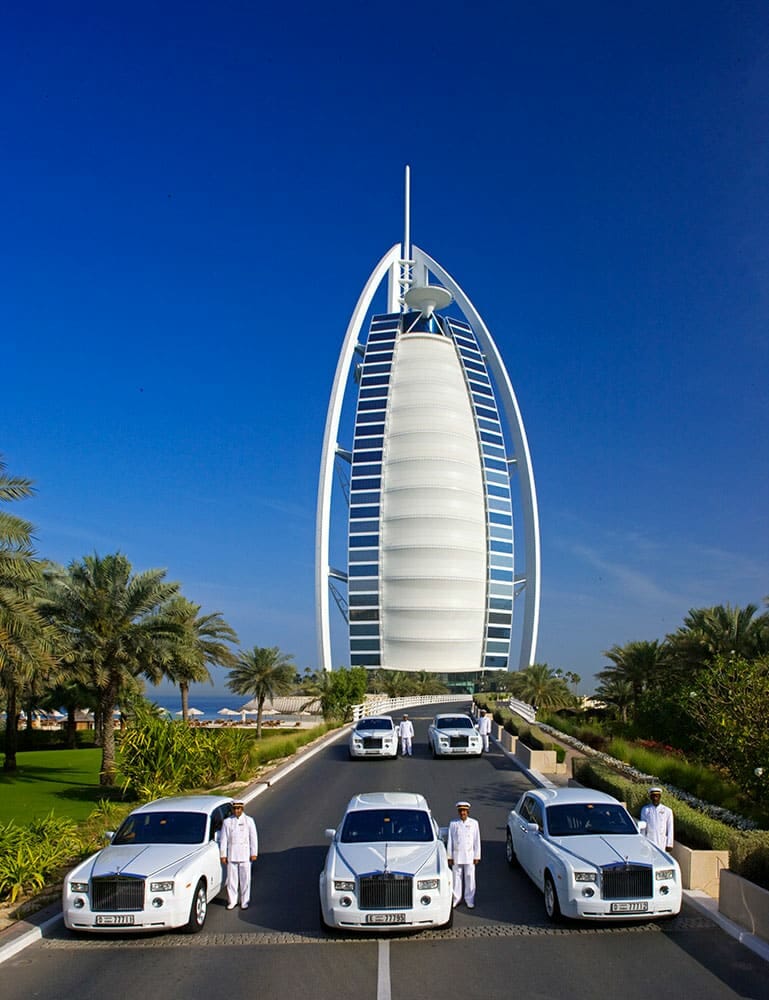
Lift-off: The helipad
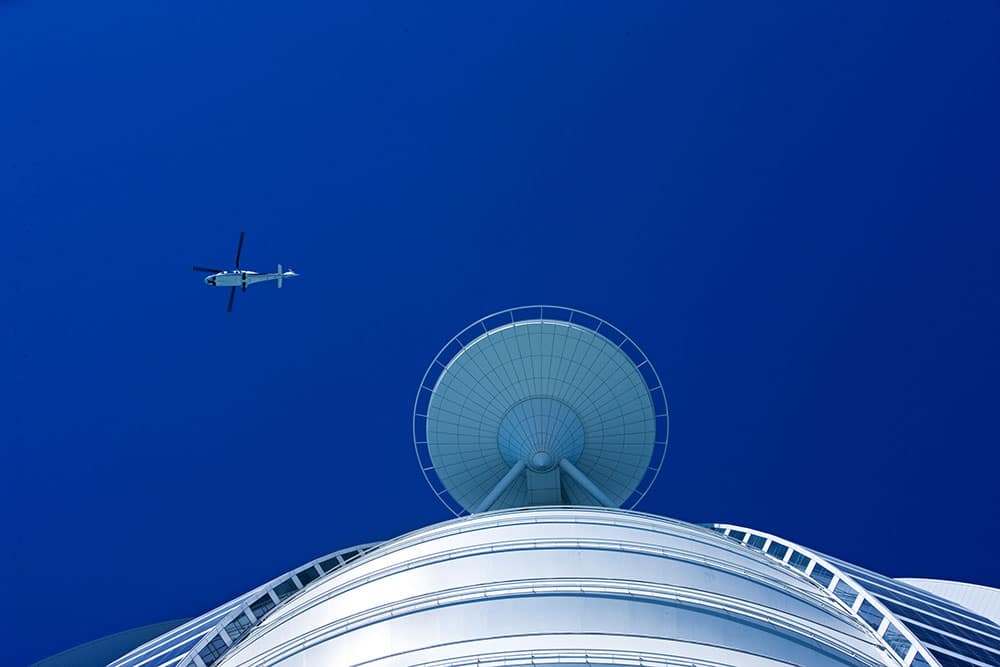
Burj Al Arab has a helipad offset beautifully at roof level 210 metres above the manmade island. It has hosted some of Dubai’s most newsworthy moments. These include Tiger Woods tee-ing off, Andre Agassi and Roger Federer playing tennis and David Coulthard performing donuts in a Formula 1 racing car, all on the helipad.
One morning, I was shooting at ground level indoors when I heard a helicopter approaching. I ran outside immediately with my camera and tripod. I set up the long-zoom lens, framing an ideal image and hoping for an interesting take-off. Eureka! I was lucky enough to get the shot.
The status of an icon
Since its opening Burj Al Arab has received numerous accolades and international recognition for its architectural brilliance and luxurious offerings. It is consistently ranked among the world’s best hotels and remains a symbol of Dubai’s grandeur. I hope my images and coffee-table book contributed in some small way.
Burj Al Arab stands as a testament to Dubai’s vision for architectural excellence and the pursuit of unparalleled luxury. It was a key feature in establishing the city as a global destination and its status and form continue to inspire awe and admiration.
I am fortunate, grateful and proud that my credentials as a photographer of great architecture have earned me the opportunity to photograph icons like the world famous Burj Al Arab.
The limited edition print-run of the Burj Al Arab book is sold out. Inshallah there will be a second edition with my involvement. If you’d like to read more about my other favourite buildings in Dubai, see here.
